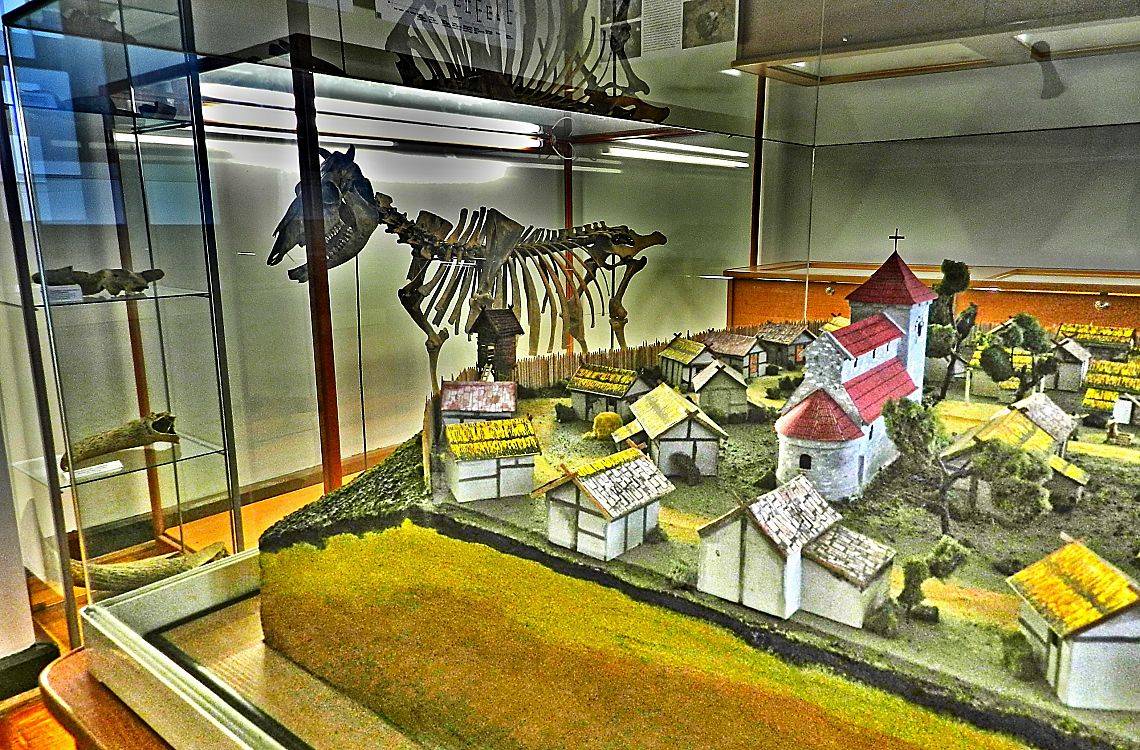Białogarda
In the early Middle Ages, Białogarda was the most important administrative and economic center in today's Lębork region. The stronghold was a wood and earth structure built in the 10th century, covering an area of about 1 ha. The convenient geographical location, both in terms of transport (on the Słupsk - Gdańsk route) and for economic reasons (its central location among the settlement complex), influenced the expansion of Białogarda. At the end of the 12th century, Białogarda was one of the two districts of the Duchy of Gdańsk. In 1233, the principality was divided between Mestwin I’s four sons, as a result of which Białogarda became one of the four district capitals. After the adoption of Christianity across Pomerania in Białogarda, there is mention of the parish church of Saint George and the chapel of Saint Mark. A settlement concerned with craft production and agricultural character, a so-called borough developed alongside the stronghold. The inhabitants of Białogarda were mainly involved in breeding, hunting, beavers, shipwrecks, fishing and the extraction of iron ore and related crafts. At the beginning of the 14th century, the settlement became less significant. The last mention of Białogarda playing an important role comes from 1301, when it was on the front line between the Rugian army and the army of the Teutonic Order supported by the Pomeranian knights. In the 14th century, the role Białogarda was taken by Lewinburg, now Lębork, founded in 1341.
